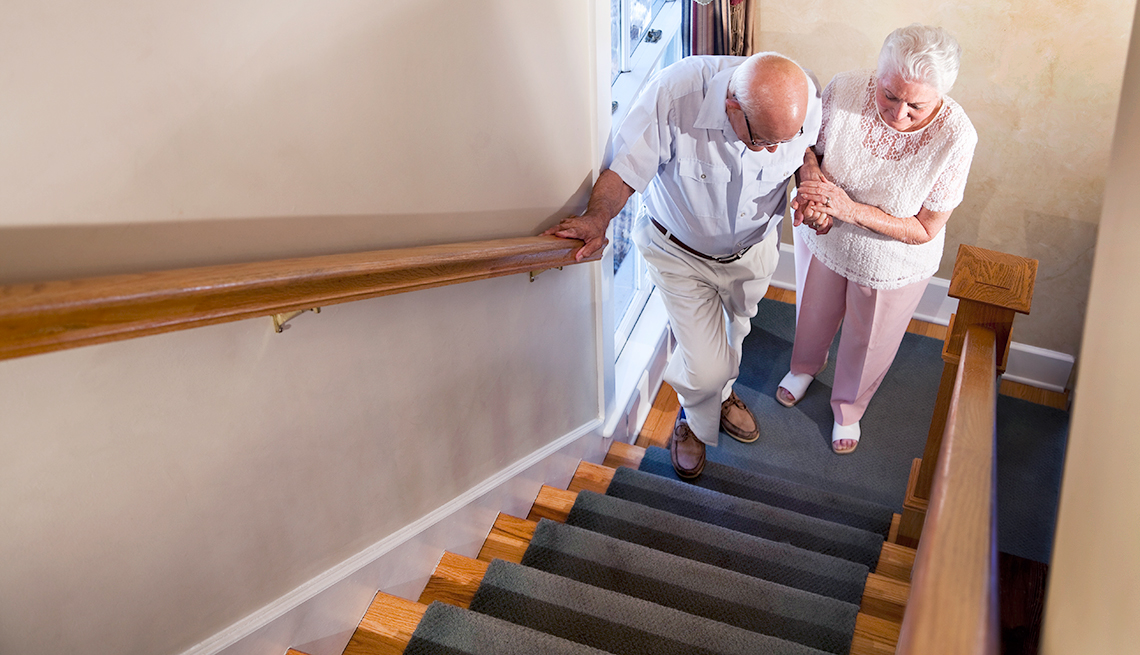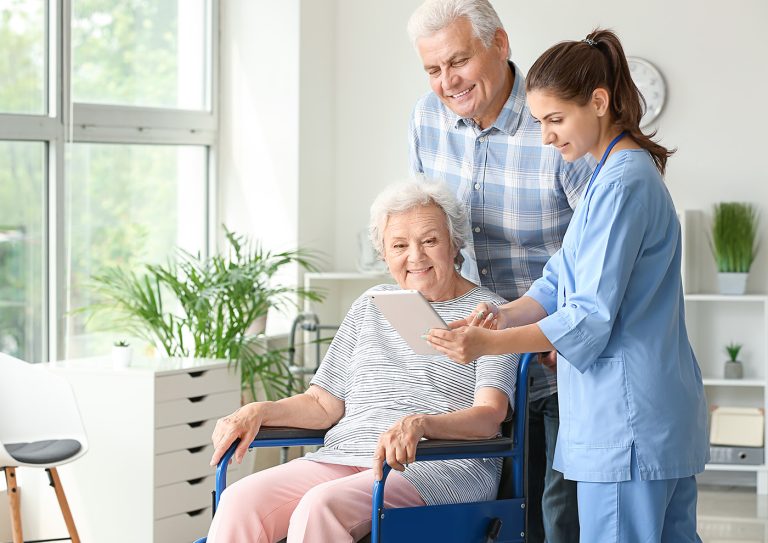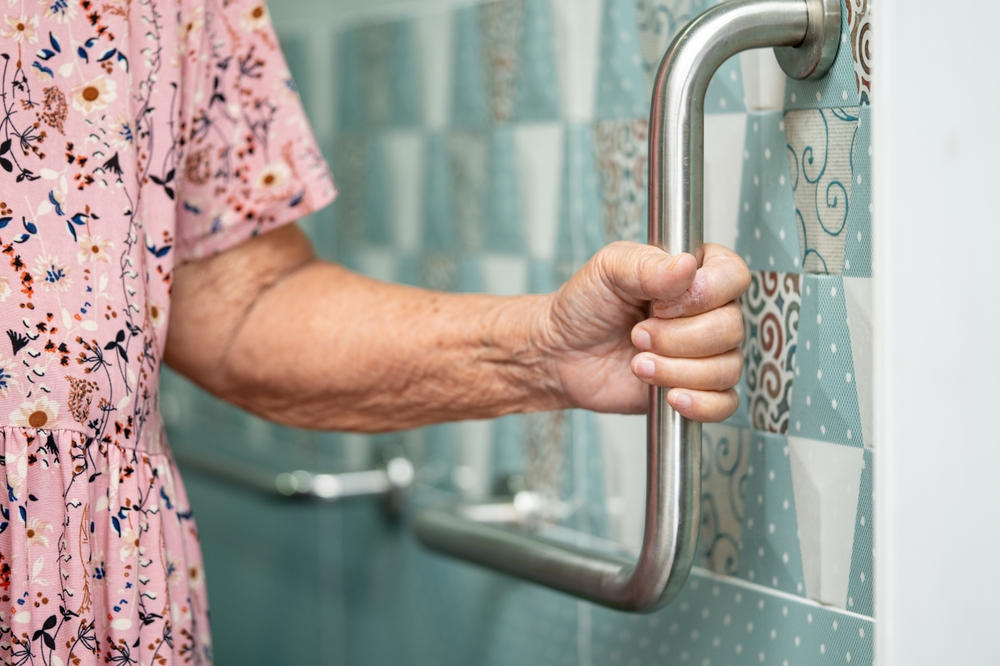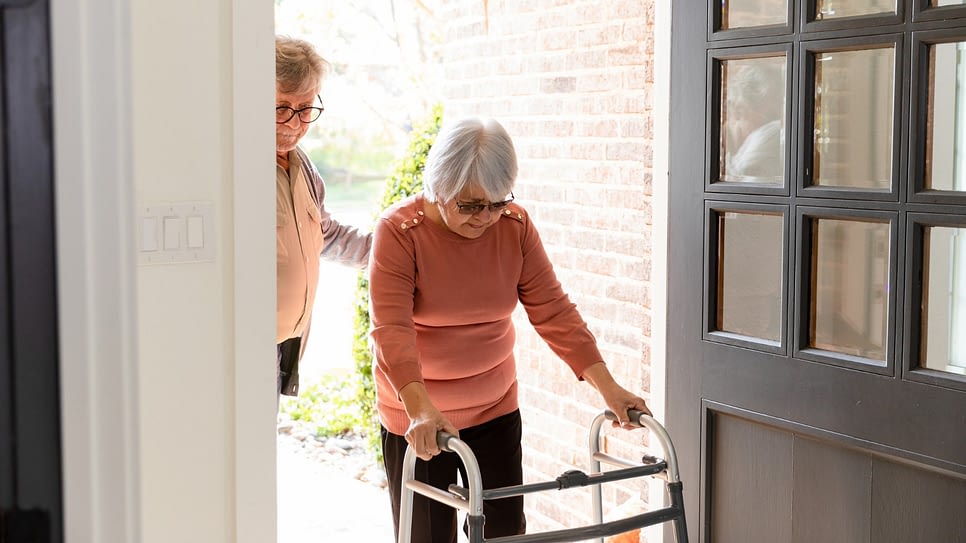As our loved ones age, ensuring their safety becomes a top priority. One of the most significant risks they face is falling, which can lead to severe injuries. Implementing fall prevention tips for seniors at home can help mitigate these risks and create a safer environment for them. In this article, we will explore various strategies to prevent falls and ensure the well-being of seniors living at home.
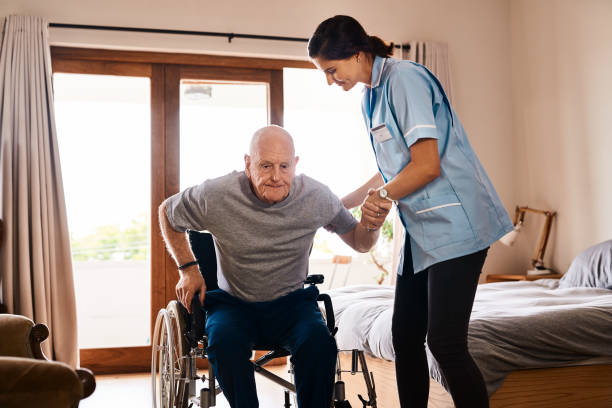
Understanding the Importance of Fall Prevention
Falls can result in serious injuries, such as fractures and head trauma, which can severely impact the quality of life for seniors. According to the Centers for Disease Control and Prevention (CDC), one in four older adults falls each year. Therefore, it’s crucial to take proactive steps to prevent falls and promote safety at home.
Common Causes of Falls in Seniors
Understanding the common causes of falls can help in implementing effective prevention strategies. Some of the primary causes include:
- Weak muscles and balance issues
- Vision impairments
- Medication side effects
- Environmental hazards at home
Creating a Safe Home Environment
One of the first steps in preventing falls is to ensure that the home environment is safe for seniors. Here are some tips:
Remove Tripping Hazards
Identify and remove any potential tripping hazards such as loose rugs, cluttered pathways, and electrical cords. Consider using outlet covers to prevent accidents.
Ensure Adequate Lighting
Proper lighting is essential to prevent falls. Ensure that all areas of the home, especially stairways and hallways, are well-lit. Use nightlights in bedrooms and bathrooms to aid visibility during nighttime.
Install Grab Bars and Handrails
Installing grab bars in bathrooms and handrails on staircases can provide seniors with the support they need to move around safely. These aids can significantly reduce the risk of falls.
Promoting Physical Health and Balance
Maintaining physical health is crucial for preventing falls. Encouraging regular exercise can help improve muscle strength and balance in seniors.
Engage in Regular Exercise
Exercises such as tai chi, yoga, and walking can enhance balance and coordination. Consider consulting a physical therapist to design a safe exercise program tailored to individual needs.
Regular Health Check-ups
Regular health check-ups can help identify and address potential health issues that may contribute to falls, such as vision problems and medication side effects.
Medication Management
Medications can have side effects that increase the risk of falls, such as dizziness or drowsiness. It’s important to manage medications effectively to minimize this risk.
Review Medications with Healthcare Providers
Regularly review all medications with healthcare providers to identify any potential side effects or interactions that could increase fall risk.
Organize Medication Schedules
Ensure that medication schedules are well-organized and that seniors understand how and when to take their medications to avoid confusion and missed doses.
Conclusion
Implementing these fall prevention tips for seniors at home can significantly reduce the risk of falls and help seniors lead safer and more independent lives. By creating a safe home environment, promoting physical health, and managing medications, caregivers can provide the support seniors need to thrive.
For more information on home safety, visit home safety tips for seniors.
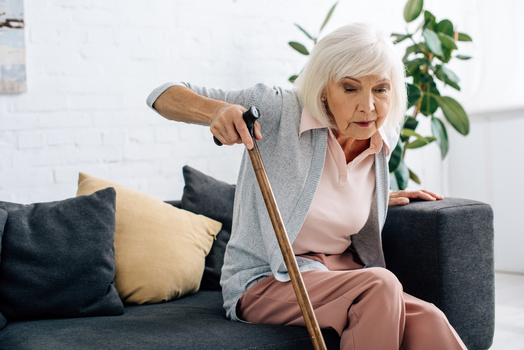
Frequently Asked Questions
1. How can I make my home safer for seniors?
To make your home safer for seniors, remove tripping hazards, ensure adequate lighting, and install grab bars and handrails. Regularly review medications and encourage physical activity to improve balance and strength.
2. What exercises are beneficial for improving balance in seniors?
Exercises such as tai chi, yoga, and walking are beneficial for improving balance and coordination in seniors. Consult a physical therapist for a tailored exercise program.
3. How can medication management help prevent falls?
Medication management can help prevent falls by identifying and addressing any side effects or interactions that may increase fall risk. Regular reviews with healthcare providers are essential.
For more tips on creating a safe and comfortable home for seniors, visit home safety tips for older adults.
This article contains affiliate links. We may earn a commission at no extra cost to you.

